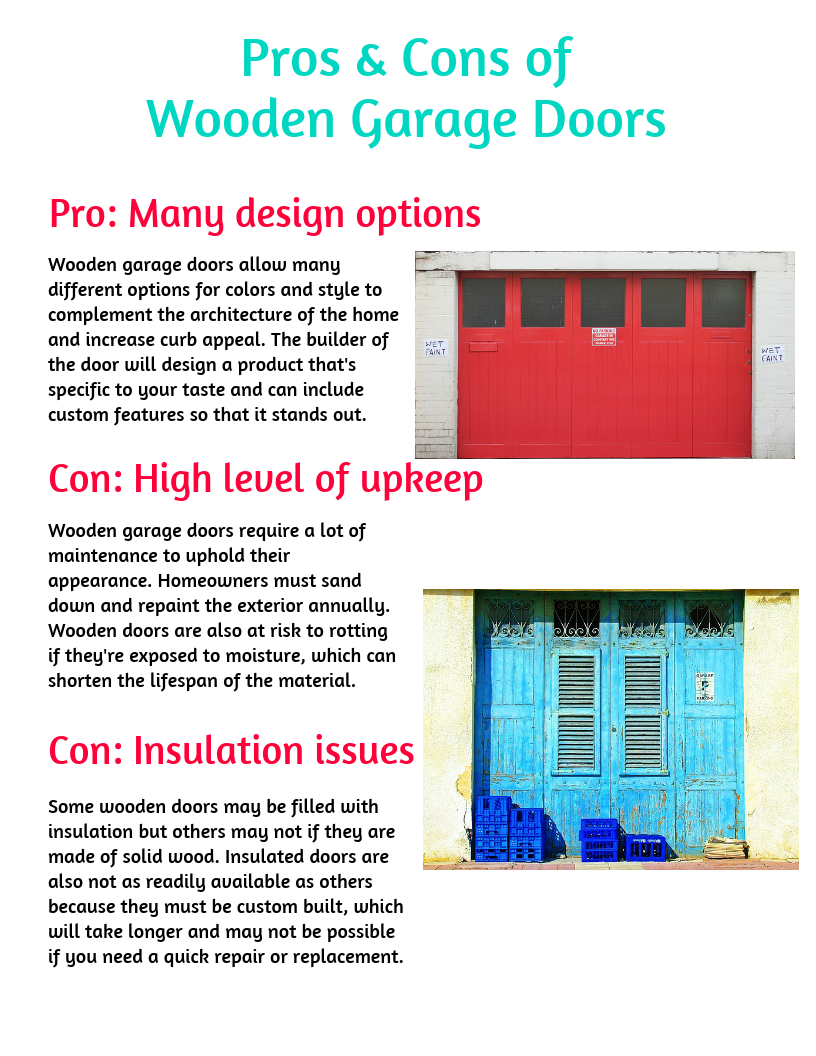When it pertains to pressure cleaning, the strategy you select can make all the distinction in attaining a clean, streak-free coating. You might discover that tough surfaces, like concrete, call for a different strategy than softer materials, such as wood or vinyl. It's necessary to adjust your methods to the surface kind to avoid damage while maximizing cleansing effectiveness. So, what are the most effective methods for every surface area, and exactly how can you ensure you're making use of the right setups and devices for the job? Let's explore what you need to recognize to obtain the very best outcomes.
Hard Surface areas
When it pertains to pressure washing hard surfaces, prep work is essential. Prior to you also think about pulling out the pressure washer, put in the time to get rid of the location of any debris, furniture, or challenges. You do not desire anything getting in your method or possibly destructive your equipment.
Next off, examine Check This Out for any type of fractures or damage; this will certainly aid you establish the ideal technique and stress setups.
When you have actually prepared the location, it's essential to choose the best nozzle. For difficult surfaces like concrete or brick, a narrow nozzle (15 or 25 levels) works best to give a focused stream of water that can effectively remove gunk and spots. Always begin at a distance and gradually relocate better to avoid any kind of surface damage.
As you start washing, keep the wand moving to protect against touches and over-saturation. It's additionally valuable to function from the top down, enabling dust and debris to get rid of naturally.
Finally, bear in mind to rinse the surface completely after cleaning up to remove any kind of remaining detergent. With these methods, you'll accomplish a clean and renewed look on all your difficult surfaces.
Soft Surfaces
Stress cleaning soft surface areas calls for a gentler approach to shield them from damages. Whether you're cleansing your deck, patio furniture, or exterior siding, making use of way too much pressure can cause dents, scratches, or perhaps permanent injury.
Beginning by choosing a low-pressure nozzle, ideally a 25-degree or larger spray pattern, to spread the water extra carefully.
Before you start, it's essential to pre-treat any kind of discolorations with a suitable cleaning option. This step enables the cleaner to penetrate the dirt and crud, making it less complicated to wash away without scrubbing too hard.
Always use the remedy from all-time low up to prevent spotting.
When you begin stress cleaning, preserve a distance of at least 12 to 18 inches from the surface. Relocate your wand in a sweeping activity, maintaining it alongside the surface to prevent concentrated stress on one area.
Wash the location thoroughly after cleaning up to get rid of any kind of recurring cleaner.
Finally, examine the surface area for any type of missed places and duplicate the process if required. By complying with these steps, you can efficiently tidy soft surfaces while preserving their stability and look.
Specialized Surfaces
Cleansing soft surface areas needs care, but specialized surfaces require even more interest to detail. When you take on these surfaces, like delicate wood, discolored concrete, or particular types of house siding, making use of the appropriate stress washing strategies is essential to avoid damages.
First, evaluate https://universitycleaning08642.anchor-blog.com/12825911/recognize-the-advantages-of-finding-professional-window-cleansing-solutions-for-your-home . For instance, treated timber can commonly hold up against modest stress, yet softer woods like cedar might require a reduced setup. Always begin with residential window washers near me and progressively increase if needed.
For stained concrete, use a follower spray nozzle and keep a regular distance to avoid engraving the surface.
When managing surface areas like plastic exterior siding or painted surface areas, a wide spray pattern helps disperse the stress evenly, safeguarding the coating.
It's also important to utilize detergents particularly developed for specialty surface areas. https://www.nzherald.co.nz/bay-of-plenty-times/news/spring-cleaning-tips-to-make-life-easier/4NQOBWSGWNDLQRBXEDDL3ITID4/ can enhance cleaning without endangering the material.
Rinse completely after washing to eliminate any type of deposit, as it can lead to discoloration or deterioration with time.
Conclusion
To conclude, understanding pressure washing methods for different surface areas can make all the distinction in your cleaning outcomes. For hard surface areas, adhere to slim nozzles and a top-to-bottom technique, while soft surfaces need a gentler touch with broader nozzles. Do not fail to remember to pre-treat stains and rinse extensively to stay clear of residue. By adjusting your techniques per material, you'll not only achieve a cleaner surface but additionally secure the stability of your surface areas. Pleased cleansing!
